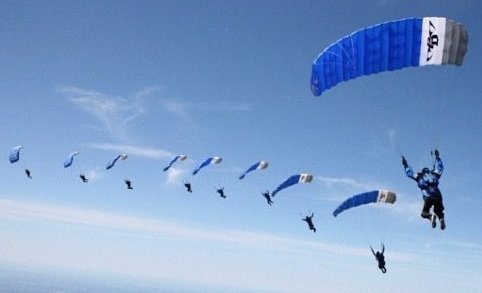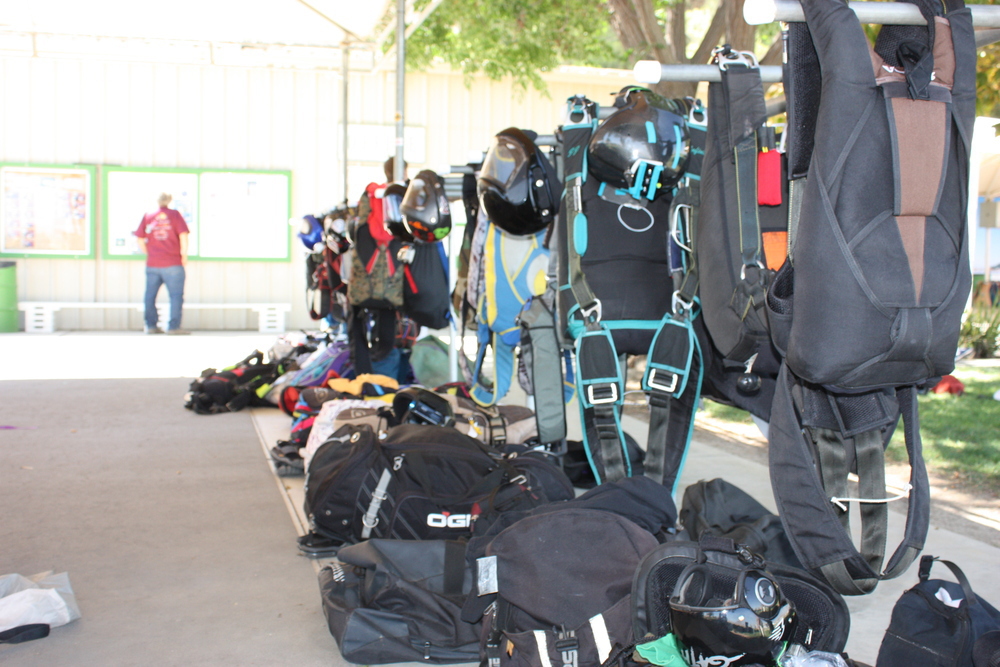Recommended Posts
It's always great to fly a nice square or rectangular pattern but there is one trick that comes in handy quite often.
Sometimes you'll find you took your down wind leg farther than you should have or wanted to (maybe because you covered more ground than expected or just mis-calculated where to turn your base).
In this situation you can cut the corner off your base/final leg. In other words don't fly to a perfect square corner when turning from base to final. Instead take an angular approach from the downwind to an intersecting spot of your final (somewhere between your planned final turn location and the target).
Picture two lanes of traffic at a stop light. Both cars are turning left while still staying in their respective lanes. The car on the inside of the turn will use less realestate to make the same turn.
If both cars use the same speed to make the turn, the car on the inside will always get through the turn quicker and end up further ahead because they have to travel less distance, effectively cutting the corner off the turn when compared to the outside car.
How much corner you cut off will depend on how far you found yourself too far downwind.
It's very important while learning this stuff to know where the other canopies are. Keep your head on a swivel, increase your awarness skills and be predictable.
Be the canopy pilot you want that other guy to be.
Sometimes you'll find you took your down wind leg farther than you should have or wanted to (maybe because you covered more ground than expected or just mis-calculated where to turn your base).
In this situation you can cut the corner off your base/final leg. In other words don't fly to a perfect square corner when turning from base to final. Instead take an angular approach from the downwind to an intersecting spot of your final (somewhere between your planned final turn location and the target).
Picture two lanes of traffic at a stop light. Both cars are turning left while still staying in their respective lanes. The car on the inside of the turn will use less realestate to make the same turn.
If both cars use the same speed to make the turn, the car on the inside will always get through the turn quicker and end up further ahead because they have to travel less distance, effectively cutting the corner off the turn when compared to the outside car.
How much corner you cut off will depend on how far you found yourself too far downwind.
It's very important while learning this stuff to know where the other canopies are. Keep your head on a swivel, increase your awarness skills and be predictable.
Be the canopy pilot you want that other guy to be.
Be the canopy pilot you want that other guy to be.
vortexr1 0
Just jump man.Noone can tell you exactly what to do.Just comes with time...Keep jumping and watching what you do.It will come in time.We ALL were there with the same problems..
This is a a great question and one that shows a high degree of responsibly - Nice one.![]()
It is difficult and takes a lot of practice but I went on a canopy course and learned to set my 3 Altitudes and then Move the points over the ground based upon the conditions (wind mainly).
If you change too many things (in the few seconds before you land) then your internal computer has way too much maths to get right. Change 1 and it becomes easier over time.
(.)Y(.)
Chivalry is not dead; it only sleeps for want of work to do. - Jerome K Jerome
What you're describing is close to the Constant Aspect Approach (something I often use on my paraglider - N.B we often 'Land Out' and do not have our exact height above the LZ/ground and the glide angle is shallower).
Essentially, you pick the spot on the ground where you intend to land and then keep it at the same angle to you : that is BOTH Vertical and Horizontal angle)...
It works in the same way as Anti collision is done at Sea. If you see another yacht and it's bearing never changes and the distance between you is getting less(!!) ... you WILL hit it .... This 'simply' adds another dimension.
The PROBLEM with using the Constant Aspect Approach (in crowded traffic at least) is that you are not flying predictable 90 degree turns (Down wind, cross wind.. finals) and 'could' turn inside someone else's pattern (bad!!).
IMHO, especially in traffic (but not exclusively!!- Get into good habits ALL of the time) - we need to fly Predictably, safely and be on constant look out for others.
(.)Y(.)
Chivalry is not dead; it only sleeps for want of work to do. - Jerome K Jerome
Essentially, you pick the spot on the ground where you intend to land and then keep it at the same angle to you : that is BOTH Vertical and Horizontal angle)...
It works in the same way as Anti collision is done at Sea. If you see another yacht and it's bearing never changes and the distance between you is getting less(!!) ... you WILL hit it .... This 'simply' adds another dimension.
The PROBLEM with using the Constant Aspect Approach (in crowded traffic at least) is that you are not flying predictable 90 degree turns (Down wind, cross wind.. finals) and 'could' turn inside someone else's pattern (bad!!).
IMHO, especially in traffic (but not exclusively!!- Get into good habits ALL of the time) - we need to fly Predictably, safely and be on constant look out for others.
(.)Y(.)
Chivalry is not dead; it only sleeps for want of work to do. - Jerome K Jerome
bqmassey 0
Wow, thanks for all of the great replies. It sounds like there isn't a simple way to know when to make that turn to base to accurately put yourself at the target. Sounds like it just takes time getting used to your canopy in different conditions.
It may be a while before I really get to know a particular canopy, as I'm renting gear and can't jump the same rig every time (or even the same wing loading).
One requirement I have left on my A proficiency card is "land within 20 meters of a preselected target on at least five jumps". Right now, that seems like my biggest hurdle.
I'm planning a trip up to Skydive The Farm this weekend and hope to get three days of jumping in. If all goes well, I'll leave with a completed proficiency card.
Thanks for all the replies, folks. It's been helpful.
It may be a while before I really get to know a particular canopy, as I'm renting gear and can't jump the same rig every time (or even the same wing loading).
One requirement I have left on my A proficiency card is "land within 20 meters of a preselected target on at least five jumps". Right now, that seems like my biggest hurdle.
I'm planning a trip up to Skydive The Farm this weekend and hope to get three days of jumping in. If all goes well, I'll leave with a completed proficiency card.
Thanks for all the replies, folks. It's been helpful.




Changing your pattern points in relation to each other, and the target, and keeping your altitudes for each leg the same is generally considered a better practice. It keeps your TIME on each leg consistent and allows better refinement in various conditions.
Share this post
Link to post
Share on other sites